How Often Do Cats Go Into Heat? Feline Heat Cycles Explained
How often do cats go into heat? Learn about the frequency and signs of feline estrus cycles, crucial for pet owners and cat breeders.
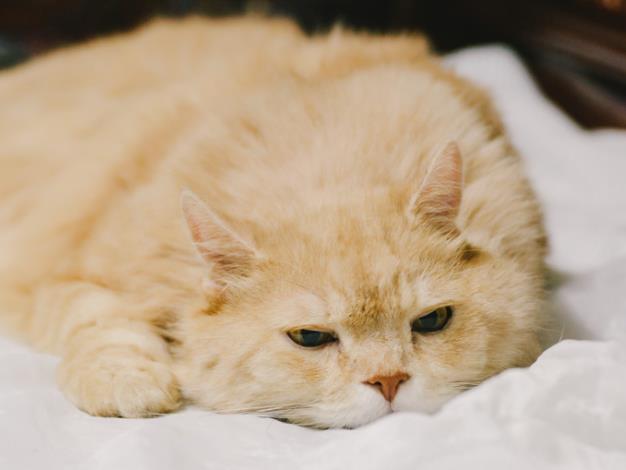
It’s key to know about your cat’s reproductive cycle for good pet care. Cats start their cat heat cycles as early as every 2-3 weeks. This happens because they are seasonally polyestrous. That means they go into heat several times in spring and summer, when the days are longer.
If your cat is an indoor cat, it might even have cat fertility periods throughout the year. This is because indoor environments can make cats feel like it’s always warm weather. So, they could seek mates year-round.
Wondering, how often do cats go into heat? Most cats have their first heat cycle at around 6 months old. But some, like Siamese cats, might start at 4 months. They hit sexual maturity and puberty when they’re about 80% of their adult weight. This is usually by the time they are 6 months old. However, the time can change because of different breeds and living conditions.
Learning about your cat’s reproductive cycle helps keep them healthy and happy. They are fascinating animals. Let’s explore more about feline estrus.
Key Takeaways
- Cats can go into heat as often as every 2-3 weeks once their estrous cycles begin.
- The first heat cycle typically occurs around 6 months of age, but can happen as early as 4 months for some breeds.
- Cats reach sexual maturity when they reach about 80% of their adult weight, which is on average around 6 months old.
- Environmental factors can influence the timing of a cat’s first heat, causing it to happen sooner or later than 6 months.
- Indoor cats may experience heat cycles year-round, as their environment mimics the natural triggers for mating.
Understanding Feline Heat Cycles
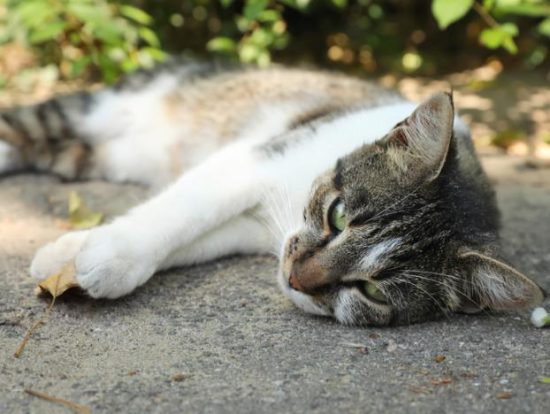
The estrus cycle in cats is when the female cat wants to mate. This is a key time for pet owners to know about. It’s important for anyone who loves cats to understand cat heat cycles and feline estrus.
A cat’s heat cycle is when she can get pregnant. After being around a male cat, the female’s eggs are released. This means that cats mate first, then the eggs can be fertilized. This process is unique to cats and is crucial for their reproduction.
In heat, cats show clear signs owners can notice. They meow loudly, act very loving, and roll around a lot. They might also try to leave the house to find a mate. These behaviors are all due to powerful hormones during their heat cycle.
When Do Cats Experience Their First Heat?
Most female cats hit sexual maturity and have their first heat cycle around 6 months of age. Yet, some, like Siamese cats, can start as early as 4 months. When they’ve reached 80% of their adult weight, which usually is at 6 months, they enter puberty. Still, the actual time can change based on the cat’s breed and surroundings.
The cat sexual maturity, cat fertility, and cat puberty all play a part in when a female cat starts her heat. Knowing about these steps can let cat owners and breeders get ready for their cat’s reproductive period.
How Often Do Cats Go Into Heat?
Once a cat starts her estrous cycles, she might go into heat every 2-3 weeks. Cats can have many heat cycles in a season. This season usually goes from March to September in the Northern Hemisphere.
Indoor cats with controlled temperature and light can have heat cycles all year. This is because their environment copies the natural cues for mating. If there are other intact cats around, this might also affect how often a cat goes into heat.
Duration of a Cat’s Heat Cycle
It’s key for pet owners and breeders to know how long a cat stays in heat. The time a cat spends in heat might last for up to 7 days. But this time can vary between 1 to 21 days. This difference in time can change when and how often a cat can have kittens.
Average Length of Heat
The average length of a cat’s heat cycle, also known as estrus, typically ranges from about 4 to 10 days, with variations depending on individual cats and environmental factors. During this period, female cats experience hormonal changes that make them receptive to mating. Signs of heat include increased vocalization, restlessness, affection-seeking behavior, and assuming a mating position with their hindquarters raised. Cats may cycle in and out of heat every few weeks during the breeding season, which typically occurs from spring to fall. If mating occurs, ovulation is induced, leading to pregnancy. However, if the cat does not mate, the heat cycle will resolve on its own before restarting in the following weeks.
Cycle Length Variations
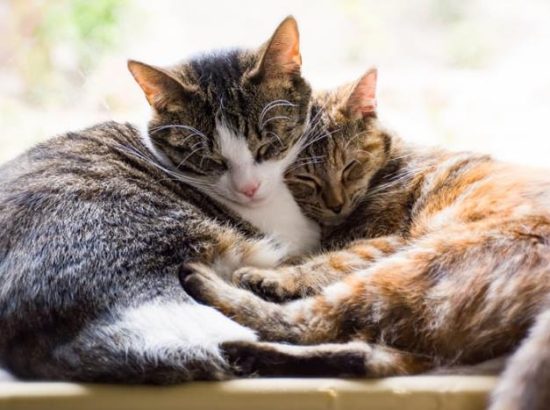
While the average length of a cat’s heat cycle is around 4 to 10 days, cycle length variations are common and influenced by various factors. Individual cats may have shorter or longer heat cycles, with some lasting as little as 1-2 days or extending up to several weeks. Breed differences, age, health status, and environmental factors can all affect the duration of a cat’s heat cycle. Additionally, indoor cats may experience less pronounced heat cycles or cycle irregularities compared to outdoor cats exposed to natural light cycles and potential mates. Monitoring a cat’s heat cycle and recognizing signs of heat can help cat owners understand their pet’s reproductive behavior and plan for appropriate care and management.
Feline Reproduction and Pregnancy
Cats are truly unique when it comes to having babies. They can get pregnant the first time they go into heat. This is because they release eggs when they mate, a process known as induced ovulation.
The info on hand tells us cats get pregnant easily. It’s possible during their first heat if they mate. For successful ovulation, most cats need to mate 3-4 times within a day.
Feline pregnancy doesn’t last long. After mating, it’s about 64 to 71 days until the kittens arrive. On average, 65 days or 9 weeks is how long cats carry their young.
Preventing Unwanted Litters
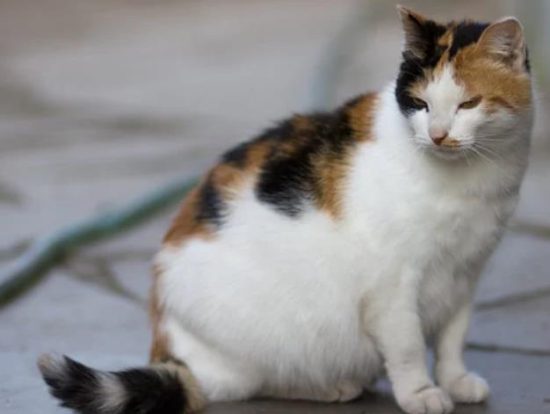
Spaying your cat is the best way to control its reproductive health. It stops cat pregnancies and helps prevent cat overpopulation. Some might think of using injectable medications to prevent pregnancies. But these can harm your cat instead of helping.
Spaying means your female cat’s ovaries and uterus are surgically removed. This is key in managing cat pregnancy prevention. It’s a safe procedure that avoids any unplanned babies. Also, it makes your cat healthier and stops the cat overpopulation problem. Keeping your female cat unspayed can be dangerous. For example, there’s a risk of pyometra, a severe uterine infection. This happens when the uterine lining thickens due to not mating. It can lead to needing urgent surgery or, worse, death. It’s vital to spay your cat to keep her safe from such health issues.
Supporting Your Cat During Heat
Cats don’t have the same period as people, but their cat heat cycle behavior changes can still be tough for them. You might see them meow more often, act extra loving, or try to sneak outside to find a partner.
During their heat cycle, cats can act a bit out of the ordinary. They might be louder than usual, showing signs they’re not happy or just seem restless. It’s their way of saying they’re going through something, so being understanding helps a lot.
There are several things you can try to make your cat feel better during this time. Help cats in heat by setting up a warm, comfy space for them to relax. Giving them catnip or playing with them can also take their mind off things. For some, using special herbs or oils can help calm cats.
Always remember, your cat doesn’t choose to act this way. So, being kind and patient with them is the best approach.
Health Concerns Related to Heat Cycles
Being a good cat owner means knowing the health risks of your cat’s heat cycles. The biggest risk is pyometra, a dangerous uterine infection in unspayed females.
Pyometra: A Serious Risk
Pyometra is a potentially life-threatening condition that commonly occurs in unspayed female cats, particularly during or after heat cycles. It is characterized by the accumulation of pus within the uterus, resulting from bacterial infection. During a cat’s heat cycle, hormonal changes can cause the uterus to become more susceptible to infection, leading to the development of pyometra. If left untreated, pyometra can progress rapidly, causing severe illness, systemic infection, organ failure, and death. Spaying female cats before their first heat cycle significantly reduces the risk of pyometra and other reproductive health issues, making early spaying an important preventive measure for cat owners to consider.
Signs of Pyometra
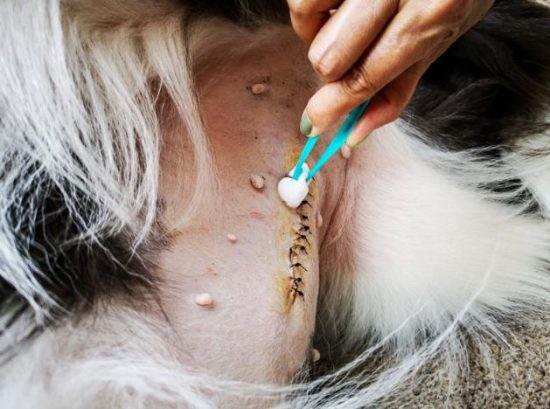
Recognizing the signs of pyometra is crucial for early detection and prompt veterinary intervention. Symptoms may vary depending on the severity of the condition but often include lethargy, loss of appetite, increased thirst, vomiting, diarrhea, abdominal swelling, and vaginal discharge, which may be pus-like or bloody. In some cases, affected cats may exhibit signs of systemic illness, such as fever, weakness, and collapse. Pyometra is considered a medical emergency, and immediate veterinary care is essential to stabilize the cat, administer antibiotics, and perform surgery to remove the infected uterus. Early spaying, regular veterinary check-ups, and vigilant monitoring of reproductive health are key strategies for preventing pyometra and ensuring the well-being of female cats.
The third source highlights that pyometra is a major risk easily dodged by spaying your cat. This simple process can save your cat from the danger of pyometra. Take care of your cat’s health and be a good pet owner. This way, you prevent pyometra and ensure your cat lives a long, happy life .
Indoor vs. Outdoor Cats: Heat Cycle Differences
Indoor cats and outdoor cats have different heat cycles. Indoor cats often live in steady environments. These places have controlled temperatures and light. This means they can get into heat any time of year. Their homes make it seem like mating season is always here.
Outdoor cats, though, follow the seasons more. They start to get into heat when it’s warmer and the days get longer. They follow what nature tells them. The fourth source explains that because of this, outdoor cats don’t get into heat as much as indoor cats.
| Characteristic | Indoor Cats | Outdoor Cats |
|---|---|---|
| Heat Cycle Frequency | Potentially year-round | Tied to seasonal changes |
| Heat Cycle Triggers | Regulated environment mimics natural mating cues | Influenced by temperature and daylight hours |
| Breeding Season | Less defined, potentially more frequent heat cycles | More closely aligned with natural breeding season |
Misconceptions About Heat Cycles
When discussing cat heat cycle myths and cat reproduction facts, it is crucial to know what’s real. Some believe having a female cat birth kittens before spaying will make her friendlier. But, the evidence shows this is not true. It also worsens the cat overpopulation.
Moreover, letting a cat go through heat cycles or birth kittens before spaying isn’t good. Cats can get pregnant very early, meaning we should spay them before they mature. By clarifying these cat heat cycle myths, we can guide pet owners to make better choices. This helps prevent unwanted cat pregnancies and supports the health of our beloved pets.
FAQs
When do cats have their first heat cycle?
The first heat happens at about 6 months old. Some cats, like Siamese, can start as early as 4 months. They are ready for their first cycle when they reach 80% of their adult weight.
What are the signs that a cat is in heat?
You may notice a cat meowing a lot, becoming very loving, or rolling on the ground. Being more interested in the outside and marking territory with pee are also signs.
How long does a cat’s heat cycle last?
A cat’s heat cycle lasts about a week but could be anywhere from 1 to 21 days. If she doesn’t mate during this time, she’ll rest for about 7 days before beginning again.
Can a cat get pregnant during her first heat cycle?
Yes, a cat can get pregnant the first time she goes into heat. They ovulate after mating, known as induced ovulation.
How long is a cat’s gestation period?
Cats are pregnant for roughly 64 to 71 days, but usually around 65 days (9 weeks).
What are the health risks of not spaying a cat?
Not getting spayed can lead to a severe uterine infection called pyometra. It happens if a cat has many heat cycles but doesn’t mate, causing the uterus to collect pus.
How can I help my cat during her heat cycle?
Offer a heated pad, play, and give catnip or calming herbs. You can also use calming pheromones to help her relax.
Do indoor and outdoor cats have different heat cycle patterns?
Indoor cats might go into heat anytime because their environment is always the same. For outdoor cats, their cycles are usually seasonal, following changes in the weather and daylight.





